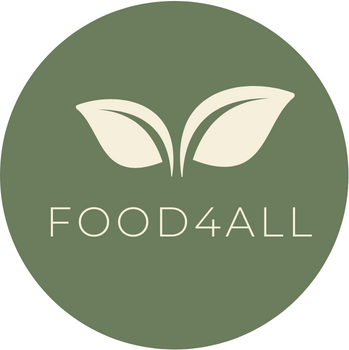Permaculture (permanent+agriculture) is the conscious design and maintenance of agriculturally productive ecosystems which have the diversity, stability and resilience of natural ecosystems. It is a land use and community building movement which strives for the harmonious integration of human dwellings, microclimate, annual and perennial plants, animals, soils and water into stable, productive communities (FAO, 2009c). It emerged as an environmental design concept during the 1970s and since has broadened to include not only food-sufficiency at the household level, but the whole human system with appropriate strategies for land access, business structures and regional self-financing (Holmgren, 2008).
• Diversity. In permaculture design, the number of elements is less important than the number of functional connections between elements. Polyculture and diversity of beneficial species (e.g. combination of perennials with annuals and animals, forest gardens, guilds) provide physical shelter and nutrients, and assist in pest control. Diversity in permaculture is also triggering higher productivity and more disperse yields over time.
• Coherence. Permaculture, together with forest gardens, which are an integral element of permaculture designs, may be considered the most coherent human-managed agriculture system that exists today. It is not energy- or capital-intensive but rather knowledge-intensive. Observation, discussion and thinking in terms of multiple disciplines are needed to design a system that saves energy and produces food.
• Connectedness. Permaculture principles also include creating edge and natural patterns, highly active zones where energy and materials are continuously in flux. Thus, increasing the amount of edges is an important tool for maximizing the productivity on-site. For example, ponds are designed with an irregular shape to maximize the water’s edge, and wooded and grassland areas are intermingled, recognizing that natural patterns such as spirals, lobular patterns, ditch and bank systems (chinampas) and different types of edge cropping enhance productivity (Mollison, 1991).
• Efficiency. Permaculture emphasizes the use of biological resources over fossil fuel resources such as green manures and leguminous trees for fertilizer; weeder geese and short herbs rather than lawn-mowers and biological insect control rather than insecticides. Energy recycling is done on-site, with kitchen waste going to compost, animal manures to biogas or to soil, greywater to gardens, green manures to earth, and tree leaves to mulch, so that incoming natural energies (sun, water, wind) combine with those generated on site to ensure a complete energy cycle and maximization of energy efficiency.
• Resilience. In permaculture, multi-functionality is a key principle and every element is placed so that it performs as many functions as possible. These can include offering shelter and protection from frost, wind or sun; hosting predators; preying on or deterring pests; providing nutrients and facilitating root penetration. Every important function is supported by many elements, further increasing resilience. In such a complex mix system, the sum of yields will be inherently larger than the yield of one species in an intensive monocropped system. The family can satisfy all its nutritional needs and improve its economic situation, as having more saleable products at different times of the year protects against market turndowns and severe losses of one crop. Resilience in a permaculture system is achieved mainly through proper design, timely and careful management and diversity.
Capacity for a green economy. Permaculture has been stress-tested in poor countries and in crisis situations. Due to an increasing lack of fossil fuel availability, permaculture’s relevance due to its ability to mitigate energy resource scarcity in the agriculture sector will likely increase radically. Increasing community awareness of environmental issues, combined with increasing costs of energy, water and food are likely to lead to a considerable expansion of permaculture-inspired activity in cities, towns and rural landscapes (Holmgren, 2008). It is important that academics, planners and policy-makers understand permaculture as a factor in the social and physical fabric of societies and for a future of scarcer energy.
